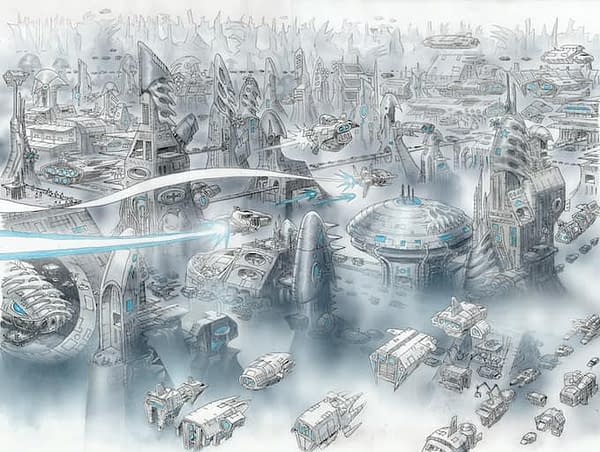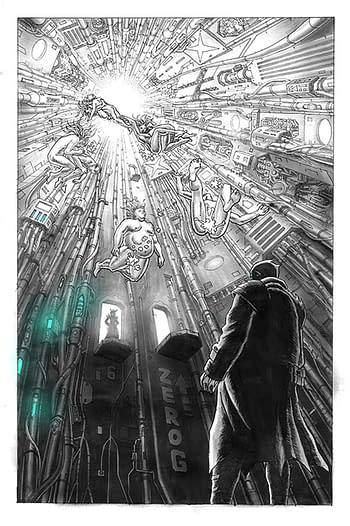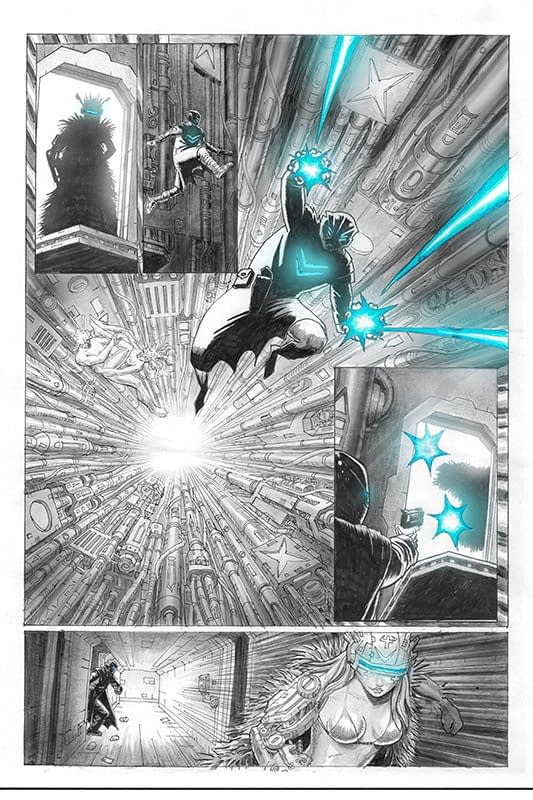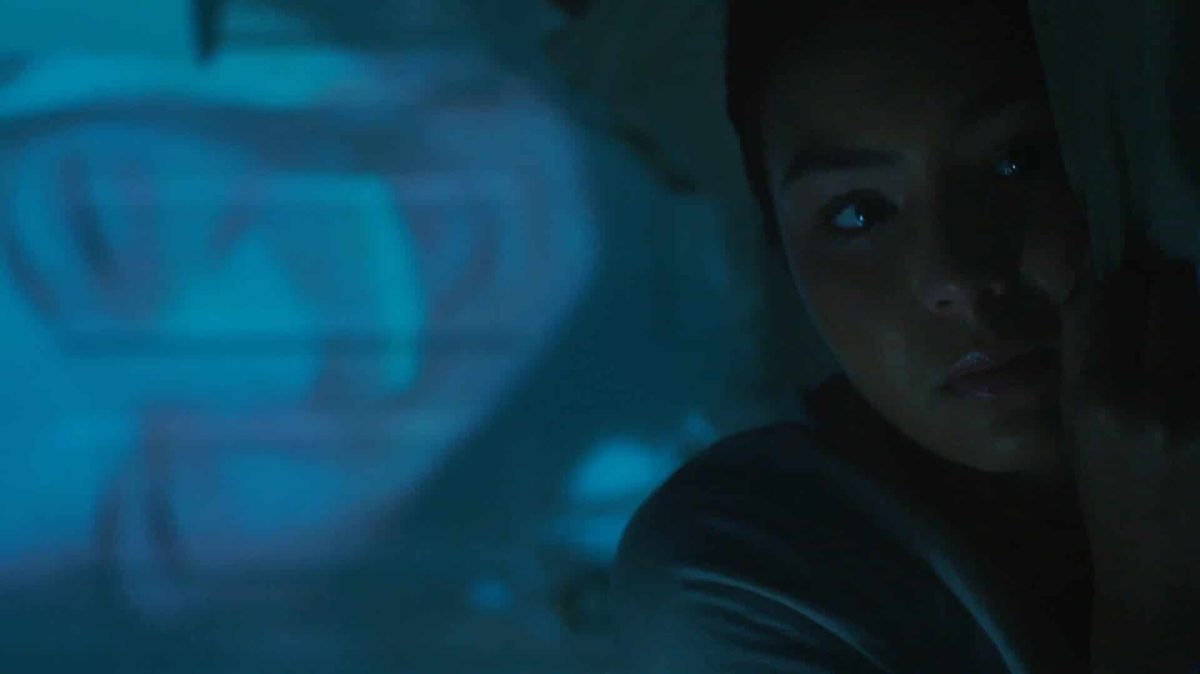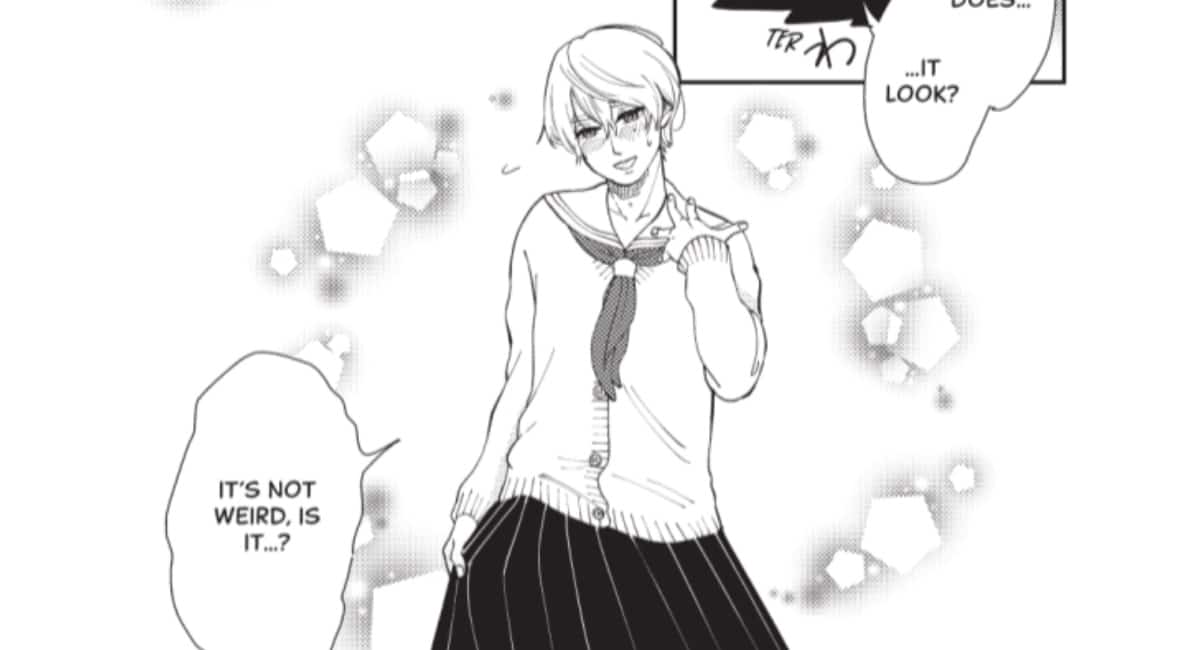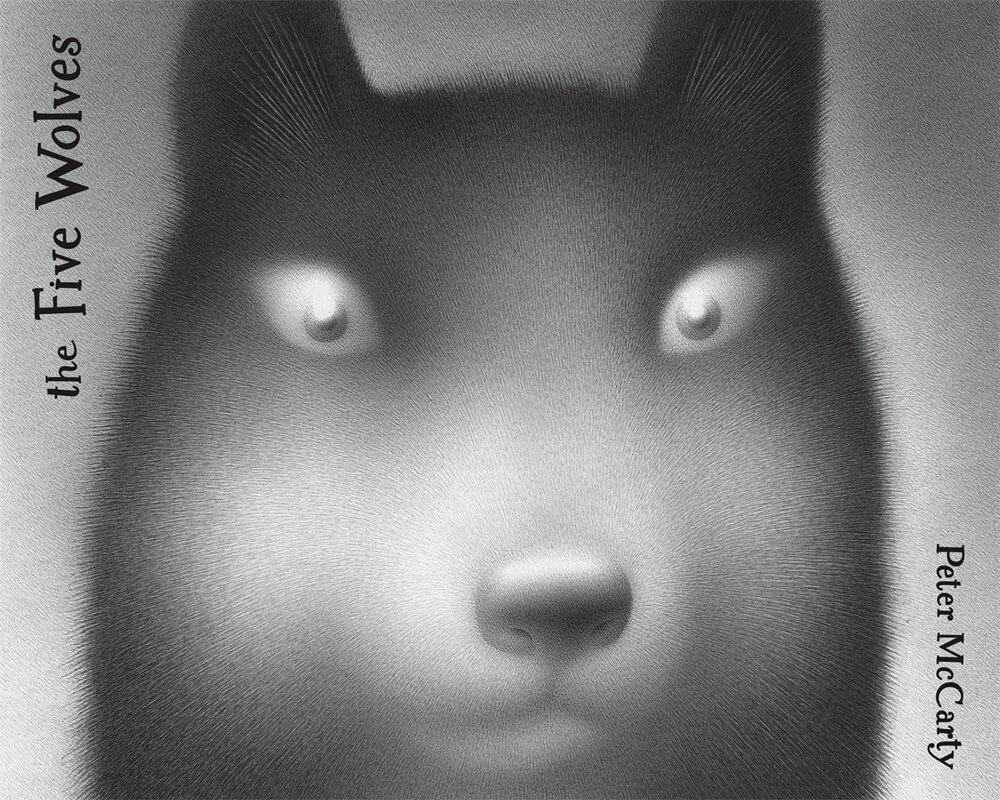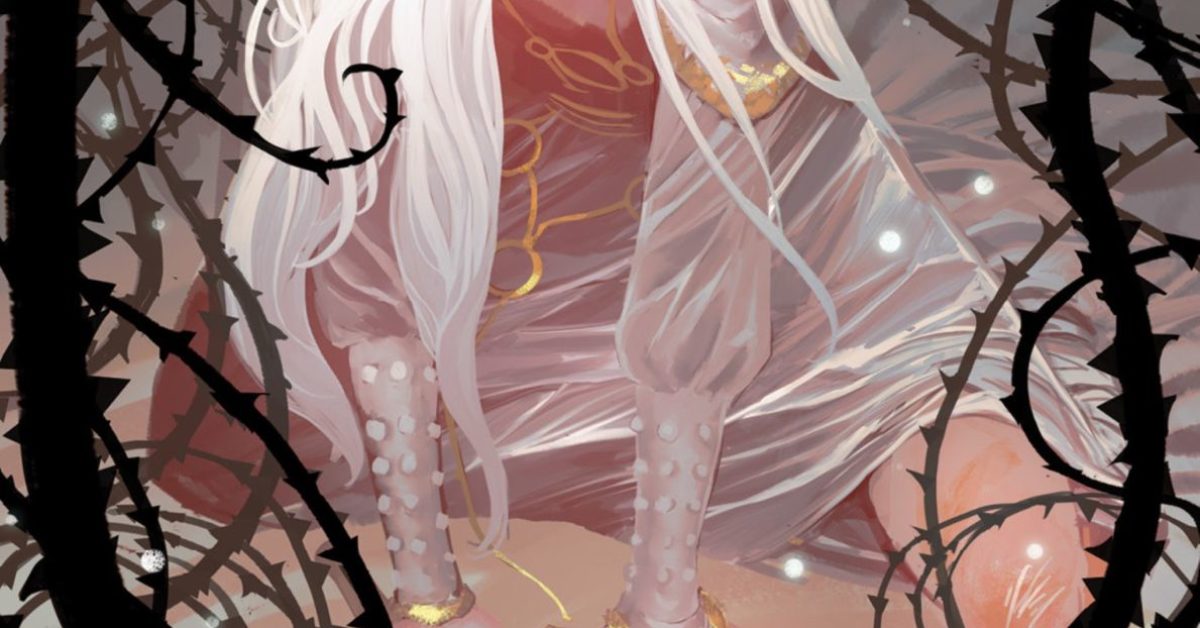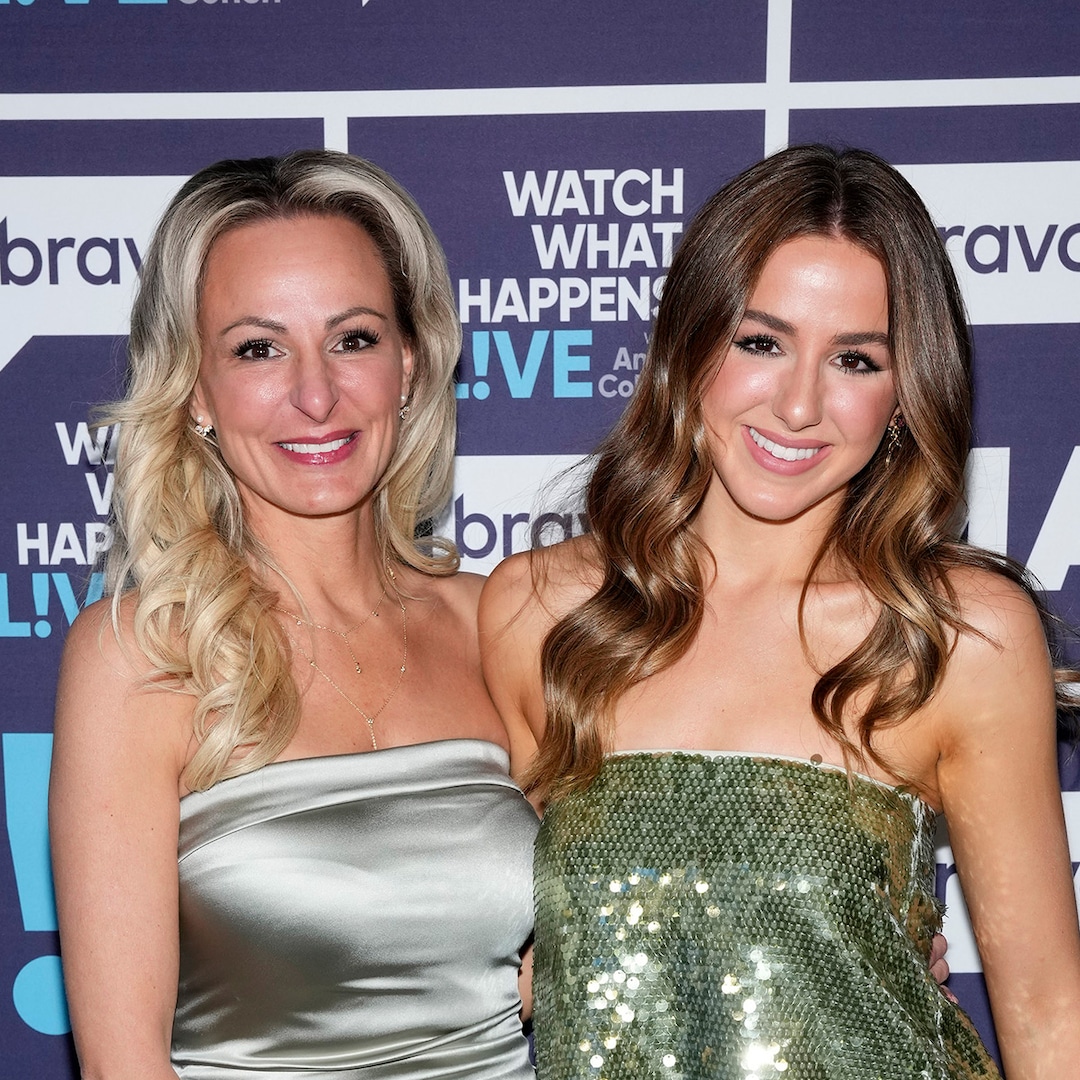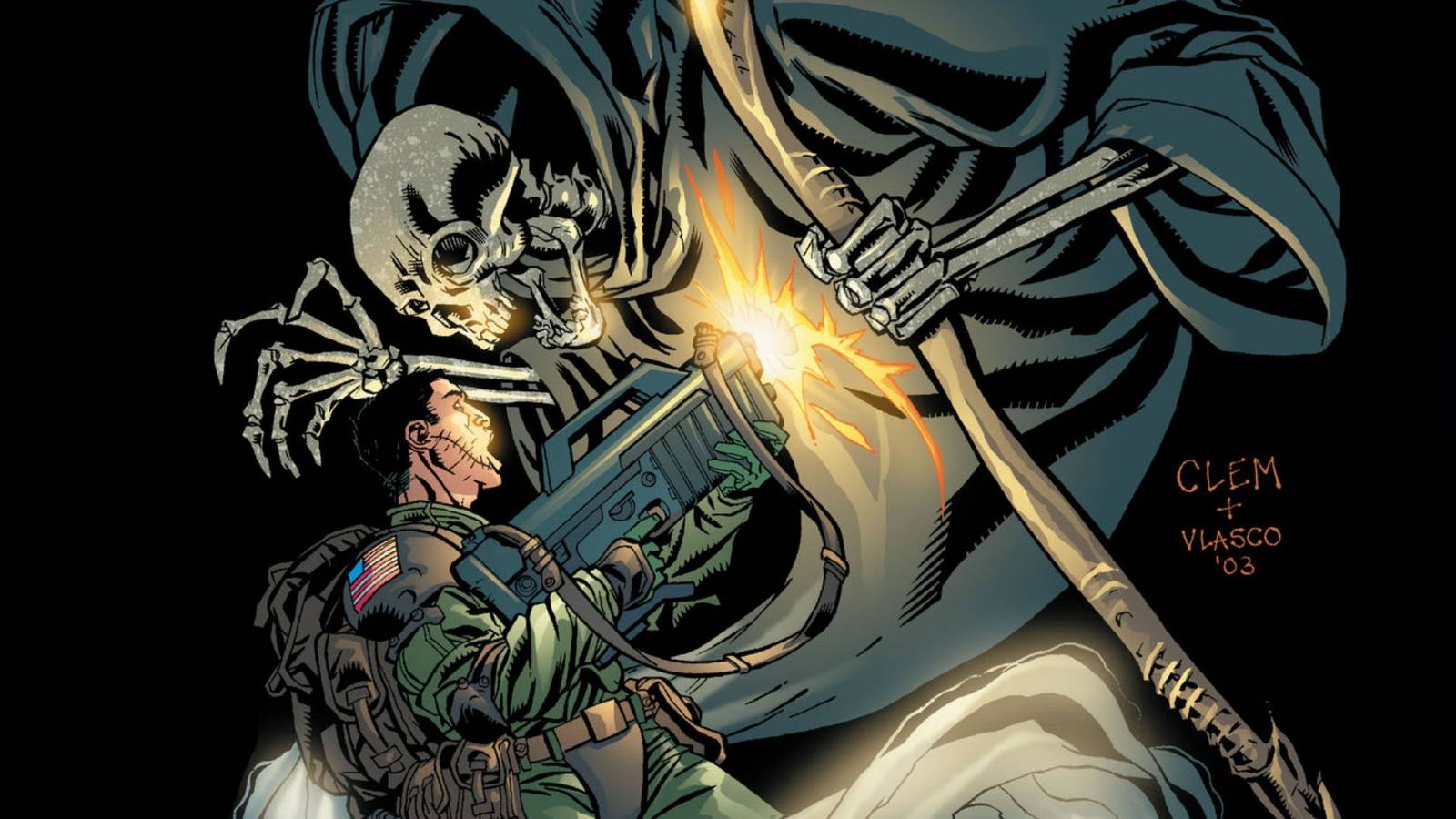Posted in: Comics, Current News | Tagged: anxiety, monty nero
Monty Nero Tells Us All How Making Comics Calms Anxiety
Article Summary
- Discover how making comics helped me manage anxiety after a traumatic car crash and stressful months.
- Explore the science and theory behind creativity as a powerful tool to reduce anxiety and stress.
- Hear from comic creators like Alison Sampson, David Leach, and others about comics as calming therapy.
- Get advice for beginners and learn why personal comic creation is more fulfilling than commercial work.
Monty Nero is a Scottish comic book writer who created the ongoing series Death Sentence with Mike Dowling, writing X-Men and Hulk for Marvel Comics, the semi-autobiographical Hollow Monsters series, and Frenemies with Yishan Li.
“The car hit me at 80mph in the outside lane, cannoned into the back and driver’s side of my Ford, sending us spinning across four lanes of the motorway. We slid to a halt facing the wrong way on the inside lane. Horns blared. Vehicles weaved around us at 70mph. It was terrifying! They say your life flashes before you at times like these, but our synchronised spin across all four lanes seemed to take forever. I can still see the dumbstruck fear in the eyes of drivers closing behind us as we pirouetted round to face them. Once I’d reversed off the road I rang the police, shaking – before my back seized up with the tension of it all. I felt in turns angry, helpless, relieved, and scared. I was hugely thankful neither one of us had been killed, and that the cars following behind managed to avoid us. My car was a complete right-off. The insurance company couldn’t have been less helpful, and with no witnesses – they were all thirty miles up the road by the time anyone thought about it – stress piled upon stress. The physical and financial impact was palpable – and it went on for nearly nine months. With no car! So, what do you think I did after getting home and hugging and kissing my family? I went upstairs, shut the door, and started drawing inky cyberpunk comics.
- Figure 1:The second page I drew, with pencils, ink, copics and airbrush.
“It wasn’t a conscious choice, or what I was scheduled to be doing. Without really thinking, I found myself holding pens and sketching cyberpunk cities, futuristic cyborg detectives, and funky hover ships. The kind of stuff I’d doodle at school in my sketchbooks. All from imagination – for hours and hours and hours every day. Within minutes of starting to draw, I felt better. Calmer. My blood pressure fell. My mood eased. My worries faded. I became happier, focused, less nervous, and more optimistic. An act of creation is an act of hope. I wasn’t really thinking about what I was creating or why. It was a deep, primal need to draw, to express myself, to say: ‘I’m still here! I still exist! Look what I can do!”
- Monty Nero
“As comic artist Alison Sampson puts it: “Being in the zone, when flow happens, is such a relaxing moment. Inhabiting the world of your page, distractions melt away. It’s just you, there, nothing else. “This is what you have to do” has never been more clear. It’s a very chill space.” Most days I’d have to stop drawing to sort something out. The complexities of raising a family with no car leave sudden headaches. The endless insurance forms and calls, some of which went on for three or four hours as I was passed around disinterested employees and failing IT systems. I’d have to relive the crash each time I got transferred, and I’d be stressed beyond words by the end of each call. Then I’d sit down and draw comics again – and all my anxieties would melt away in minutes. Why? What magic was this?
“When I thought about it, I realised I’ve always liked making comics because they calmed and centred me. I wasn’t an anxious teen, but I wasn’t a particularly happy one either. And nothing would make me feel warm and centred like sitting in my room for hours on end drawing (crappy) comics. I wasn’t very good, but the act of creation was so calming, so warming, that I kept going for years. When I turned sixteen, I decided to take it seriously, make it my life’s work, and really learn how to do it properly, studying under David Lloyd at the London Cartoon Centre. Naturally gifted at writing, I practised drawing with a monastic dedication for years until I started to get the hang of it.
“For me, this reduction in anxiety involves getting my hands dirty with paper, pens, airbrush, inks, and paints. Computers don’t give me the same healing feeling. It was the day after the crash that I stopped drawing comics with a Wacom and went back to using airbrush and inks to draw each page like I used to.
- Monty Nero
- Monty Nero – first page I drew
“Whatever the tools, making comics is an exceptionally complex creative task. If you write, draw and letter then you’re not just using your body and mind to tell a story. You’re using your cognitive, language and visual synapses to create complex imagined worlds, populated by believable characters, where each storytelling choice affects the next in a complex web of imagery and text. It’s unusually engrossing in an entirely creative way. There simply isn’t room to think about anything else when you’re making a comic. You don’t have the bandwidth for problems beyond the comic itself.
“I’ve investigated this since, and there are sociologists, academics, and authors such as Martha Beck, Gerald Middents, and Girija Kaimal, studying the theory that creativity combats anxiety. A lot of their evidence is quasi-experimental or anecdotal, reporting groups of anxious people in tests feeling calm, even joyful, or showing reductions in cortisol after a session of focused creativity. And my experiences back that up; it’s been the pattern of my life. How about yours? The focused peace which creativity brings to my mind is why I’ve always made comics, and in a world of 24-hour news and phone addiction, it’s something I need now more than ever.
“The theory states that anxiety is a creative process. When you’re anxious your mind is racing with negative possibilities, scenarios, and fears, cascading into the future – taking you from the here and now into all the imagined horrors that may arise from your predicament. You feel a gnawing dread, a sense that something bad’s about to happen. Whatever the cause may be, your stressed mind teems with the negative consequences of these mental loops, and your body goes into fight-or-flight mode as a response.
“The argument is that meditation, and quiet – trying to think peaceful thoughts or do nothing – are not the antidote to anxiety. Thats’s a one-sided fight which anxiety wins. The only way to combat anxiety is to replace the imaginative doom-loops of an anxious mind with something more creative, more fun, more engrossing, and more joyful. By making stuff!
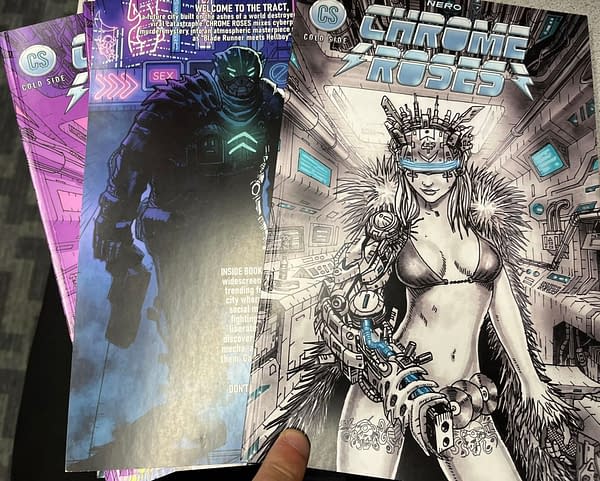

“Comics are perfect for this. They’re complex, tactile, cerebral, emotional, visual, verbal, spatial and temporal. They’re complicated, subtle, funny, imaginative, and engrossing and take any tone or direction you want. There’s so much to consider in every gesture, facial expression, clothing and lighting choice, panel shape, page layout, story beat, and dialogue exchange. Every other problem in your life just melts away when you’re making comics. Personally, I wouldn’t describe making comics as joyful because it’s hard. But it’s life-affirming, and I find it very meditative. I feel a lot better during and after the process – much more like myself. And I’m not alone.
- Cartoonist, writer, and Titan Comics editor David Leach: “Once I’m in the zone, I am lost. It’s heaven.”
- Rob Davis, Canada: “I call creating at the drawing board my ‘zen moment.’ Time and troubles fade away while I immerse myself in the act of creation.”
- Jonathon Halley Tang, California: “Honestly, it’s the only time I really feel like I’m me.”
- Graphic Novelist Norm Konyu (Downlands, The Junction): “It’s definitely my happy place where time flies and most worries seem to fade into the background. I also get a bit tetchy if I haven’t done any comics work for a while, longing to return to the proverbial drawing board (despite it now being a computer)”
- Tess Fowler Gutierrez (Take The Fall) finds making diary comics especially calming. “If the day was a terrible one you don’t even have to draw that. You can ignore it and use the page for literally anything else. It’s a non-work kind of situation that allows you true freedom even while on deadline, or while fleeing the news cycle. A lot of times I talk about silly trivial things. Or the building down the street I like. Sometimes it’s song lyrics. Also, if I do it at the start of the day, instead of the end, I capture my hope for the day ahead, instead of my stress of what I didn’t accomplish by evening.”
“Creativity has long been known to promote a sense of wellbeing, as a potent expression of your personality, leading to a greater sense of fulfilment and peace. Personally, when I had my first comic published, I felt deeply contented and became more relaxed and less egocentric in my life outside comics. I was also less driven because I felt I had less to prove.
“I kept making comics because it makes me feel ‘my true self’. I’ve always paid attention to how a comic makes me feel emotionally, rather than how other people rate it, in a perpetual quest for excellence, making stories which express my personality and ditching those that don’t. It’s good to seek external feedback to improve, but good or bad, it’s not a determining factor in my mental wellbeing. I enjoy exploring what comics can do, and how inventive I can be in playing with expectations and formal conventions. This results in a deep sense of contentment, for me at least. Of course, stresses can arise from making comics, as with anything. Every comic maker knows the anxiety of not quite nailing it, of a disappointing composition, a sudden inability to draw feet, or getting stuck on a plot twist. But these stresses are part of the cycle of creation, occurring within the imaginative world you’re inhabiting. Stay humble, and it’ll lead to better work.
“Professor Chris Murray, author of The British Superhero, regularly writes comics for research purposes. He says, “I do find most parts of this process [writing comics] to be very calming and therapeutic. I do very much recognise that feeling of time disappearing while doing creative stuff like this, which doesn’t extend to other parts of my job”. Other anxieties can arise from making comics, too. Poor pay, long hours, deadlines looming. These are very real and debilitating problems, and I don’t seek to underplay their impact on comic creators. All I’d point out is they arise from the comics industry, and its business practices, not the act of comic creation itself.
“Artist Jimmy Broxton (Fully Loaded, 2000A.D.) finds comic making is “Never” calming, but rather “perpetually disappointing” – a sentiment echoed by artist Nick Percival “Calming? Haha!” and other professionals. Both these talented creators use computers to draw or paint their work in a perpetual drive for excellence. I’ve met lots of other creators over the years who privately characterise their work-for-hire comics making as a constant battle, a race, or a chore. Often, their discontent seems to arise from having no faith in the tone or quality of the comics they’re making. Get them talking about their personal work, and joy returns to their eyes.
“The act of creating comics is always in some part a positive act of hope – so it’s important to do it in a rewarding environment. If you want to enjoy it my advice is not to rush into making comics your job, the thing your mortgage or rent depends on. It’s often better to earn a living doing something else, thereby freeing yourself to create comics in the way you want to make them. Expressing your personal vision is not only more fun, but the comics themselves will almost always be more exciting both for you and your readers.
“Now, what if you’re not good at making comics? Well, firstly some of the funniest comics I’ve read are little more than stick figures and lettering. It’s what you say and how you express it that makes a memorable comic, not necessarily your drawing skills. Secondly, practice, practice, practice makes you improve. Thirdly, you can combat anxiety by simply making anything. A doodle. A poem. A meal. A garden. A Christmas card. Dressmaking. Woodwork. Solve a problem. Whenever you find yourself in a downward spiral of anxiety – just create something. Don’t overthink it, just make something from your imagination. The joy comes from the time spent creating, not the quality of the end result. Lose yourself in that process and you’ll find your anxieties ease.
“Making Chrome Roses got me through a very difficult period of my life. The attention and detail I put into the art really resonated with fans, with the first book raising $35,000 on Kickstarter and the second book ready to launch here: https://www.kickstarter.com/projects/f02/chrome-roses-cyberpunk-trilogy. Overall, the enjoyment I derived from building this imagined future seemed to be transmitted to readers:
- Martin Simmonds – Artist (Image, Marvel, DC) “‘With beautiful art and a killer concept, Chrome Roses is a cyber punk masterpiece.”
- Nicola Scott – Artist (Image, DC) “Look at how beautiful this book is!”
- Rob Williams – Writer (Marvel, DC, Image, 2000A.D.) “Fun stuff. In Chrome Roses, Monty Nero creates a relatable cyberpunk detective world that feels two seconds removed from the strains and stresses of our 2025 lives. And it also has talking cats!”
- Patrick Goddard – Artist (Marvel & 2000A.D.) “Monty is really doing some stellar work here. Very much in the 2000A.D. way!”
“Finally, if you were on the M1 when a blue Ford and a soft-top Mazda span right across your lane – thanks for not hitting us! And don’t worry about reporting it. It’s all good now. Monty would like to thank all the comic writers and artists who submitted their thoughts on comics and anxiety for this article.
Stay up-to-date and support the site by following Bleeding Cool on Google News today!

